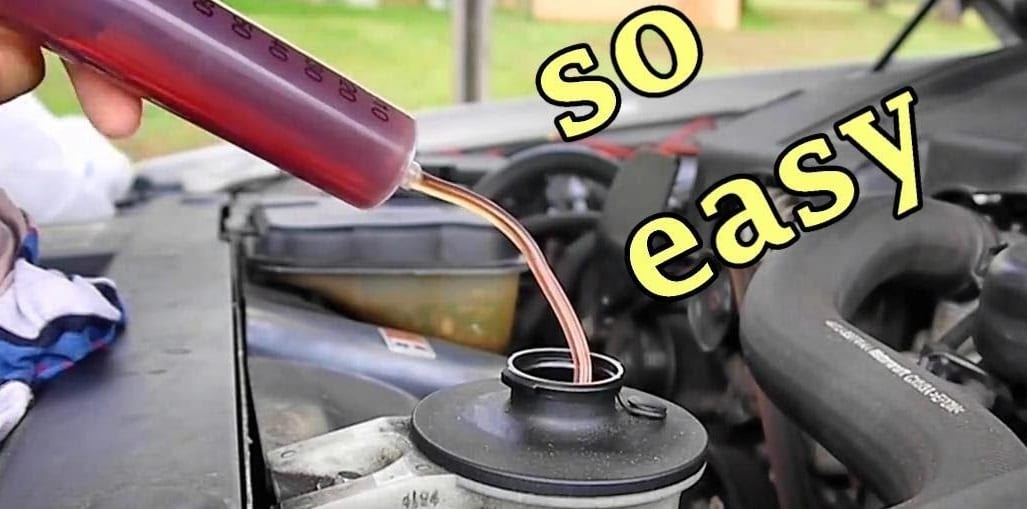Nowadays vehicles use a hydraulic “power-assist” mechanism to make steering the car a lot convenient. The latest cars have electric power steering, that’s so light that you can even maneuver the vehicle with the help of the finger.
Whereas many cars moving on the roads still use steering system that requires steering fluid to function. Every good driver should be aware of the procedure of changing the power steering fluid. That’s not that difficult. If you go through this article carefully you would surely be able to change your steering fluid yourself.
Knowing the timing of change:
The vehicle’s fluid has an assured lifespan. Like in the case of engine oil, replacement is needed every 5k-10k miles. When we talk about changing power steering oil. Some suggest say that every 24,000 miles you need to change it. More people say that after 100,000 miles you would need to change it.
Materials:
The user’s manual gives the specs of steering fluid your car should contain. There are few car companies that promotes the automatic transmission fluid like DEXRON-3 and MERCON ones.
Along with power steering fluid, you would also require a transfer pump or a “siphon”. This helps in removing all of the fluid from the container into the catch can. The process probable depends on a funnel to refill the reservoir.
Location of the Reservoir:
Keep checking on the manual for various functions in your car. Like for location of steering fluid reservoir. In most cases, the device is attached along the other engine components. Analyze the cap of the reservoir. It has the symbol of the steering wheel on the head.
You can also contact to sell your used car: Melbourne Car Removals
Old power steering fluid:
Power steering fluid can be changed in two possible ways. The first way of changing the power steering fluid is by using a siphon/ fluid transfer pump. Place the 2nt end of the device on a fluid catch can then continue pumping to make the reservoir free of fluid.
When you siphon the fluid to its maximum value, it can’t be siphoned anymore. Because the level of fluid is already much lower. To remove that residual fluid, you would need to push the fluid from the pump (bottom) to the reservoir. To do so, you would need to turn on the ignition key to the ACC position. This allows to execute a “lock to lock” maneuver of the steering without stimulating the power steering.
Second Approach:
The second approach is removing the shock that merges the reservoir to steering, this thoroughly drain the reservoir of the steering fluid. You would need to lift upfront of the car by a specific jack. Go below your vehicle and search for a power steering pump. Examine the position of low- pressure sock, you would observe that it will be beneath the power steering pump. Locate the catch pan directly below this section.
Unscrew the clamp that joins the shock to the pump, keep the fluid catch can ready. Let the steering fluid start flowing. After draining the fluid, rejoin the sock to the steering pump. Then keep the newer fluid ready which will replace the old one.
New power steering fluid:
Place the funnel at the collar of the power steering fluid reservoir. Pour the fluid into the reservoir with the help of the funnel. Pour the correct amount of the fluid.
In most cases, there are “minimum” and “maximum” points mentioned in the reservoir. Fill the fluid only up to the maximum level. You can also go for a stop leak product or fluid conditioner along with the fluid.
Last step:
Start the engine and let it run for 15-20 seconds drive. Try to perform turns, as much as you can. Also, try to notice the sound coming from the steering pump. It might sound audible and smooth.
Get your old car remove today: Metro Car Removals
Thank you! we hope our content was useful to you and you have learned many new things, which you were not aware of previously.

